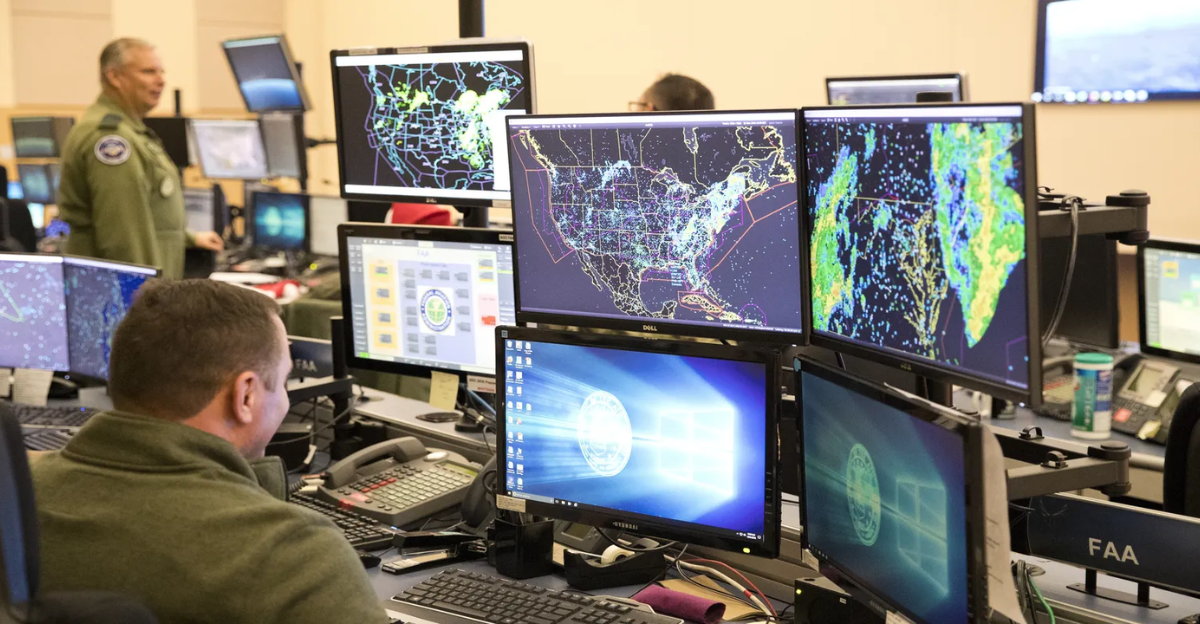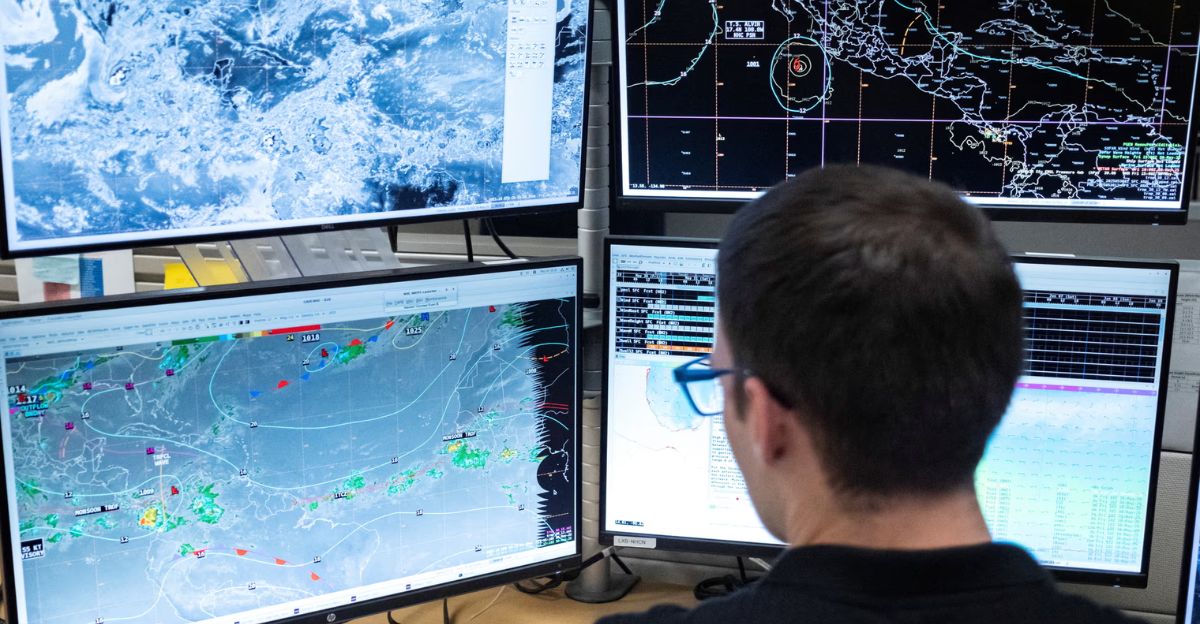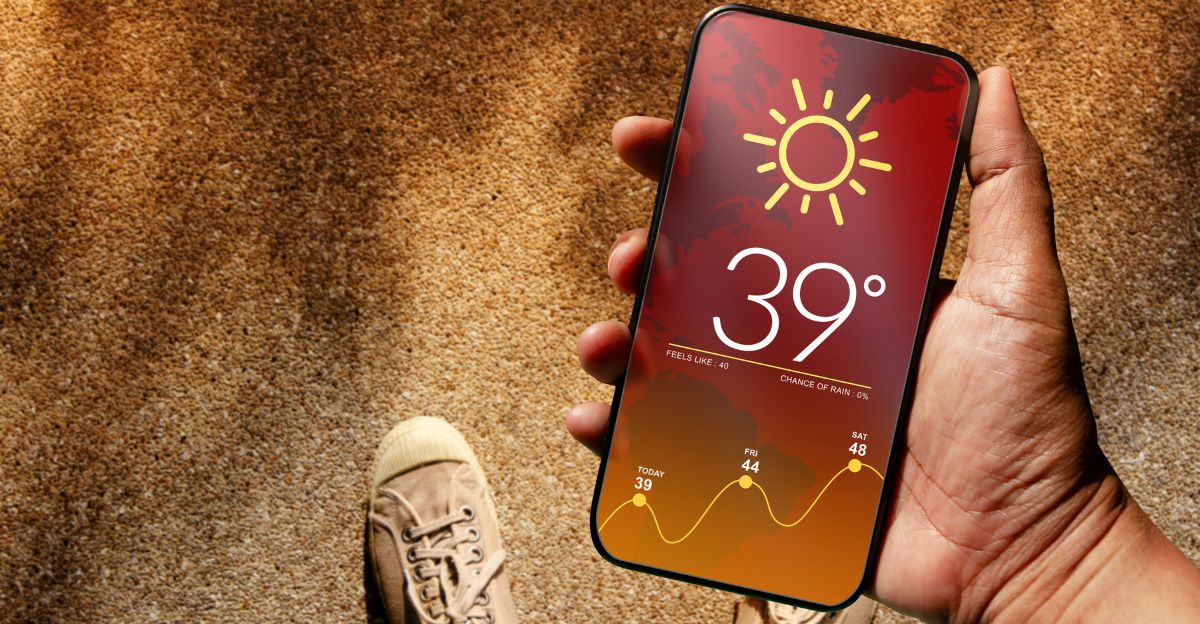
Online conversations are buzzing with frustration and confusion as people realize a vital climate science resource quietly vanished this year. Many assumed essential weather and disaster data would remain untouched, but that’s not the case.
Behind the scenes, a crucial system supporting millions, from farmers monitoring droughts to families planning evacuations, has been steadily dismantled. This shift hasn’t sparked headlines, yet its impact will ripple across daily lives in ways few expect.
Recent studies suggest this loss could weaken America’s ability to respond to extreme weather events just as they grow more frequent. What disappeared wasn’t just data, it was trust, access, and a public safety net that had taken over a decade to build.
Every State, Every Season, Now More Vulnerable

This shutdown didn’t hit just one office or one state, it hit them all. Across 50 states and every U.S. territory, climate data pipelines that informed everything from fisheries in New England to water management in Arizona have abruptly stalled. Regional climate centers serving 27 states have already gone offline. The effects are being felt in wildfire-prone California, flood-vulnerable Louisiana, and tornado-tracked Oklahoma alike.
Even densely populated metro areas, which once relied on this infrastructure to prepare for heatwaves and air quality alerts, are now left guessing. As weather grows more extreme, Americans are losing access to the very systems designed to help them cope. What was once a nationwide safety net is now a patchwork of empty nodes.
Thirteen Years of Service, Silenced Overnight

For more than a decade, a quiet team of federal scientists translated complex climate research into public guidance that shaped everything from crop calendars to emergency evacuation plans. These weren’t flashy activists or tech startups, just methodical professionals delivering truth without fanfare.
Their reports reached nearly a million people every month, often embedded in your local weather forecast or shared by teachers in science classrooms. Rebecca Lindsey, one of the lead communicators, spent 13 years earning top performance reviews and building trust with communities.
This team never sought attention, they provided clarity, quietly and consistently. That trust, built over years, disappeared in weeks. The emotional weight isn’t just about job loss, it’s about institutional memory wiped clean.
Funding Cuts, Political Shifts, and Vanishing Budgets

The warning signs were subtle at first. Teams found their contracts “under review.” Projects were delayed, then quietly scrapped. Staff were told their roles were being “reevaluated” amid broader efficiency campaigns.
But behind the administrative lingo, a clear pattern took shape. A federal workforce reduction plan, framed as routine cost-cutting, was used to systematically dismantle climate communication programs. Entire regional climate centers lost support. Key voices were silenced under the radar, with no press release or transparent explanation. The strategy wasn’t to attack science directly, it was to make the bridge between science and the public quietly disappear. By mid-2025, that bridge was nearly gone, brick by brick.
Climate.gov Was Shut Down on May 31, 2025

It’s now official: Climate.gov, the federal government’s primary portal for accessible climate information, is no longer operational. On May 31, the NOAA team behind the site was terminated. Starting July 1, no new content will be published. Nearly a million people a month turned to this resource without knowing its name, farmers needing seasonal forecasts, teachers looking for climate visuals, emergency managers prepping for hurricanes.
Climate.gov connected cutting-edge NOAA research with everyday Americans. It didn’t just present data, it explained it, demystified it, and made it usable. Now that connective tissue is gone. What’s left behind is a broken link between science and the citizens it aimed to serve.
How the Shutdown Affects You

Think that rainfall prediction in your local news came from a private weather app? Chances are, it was rooted in data simplified and shared by Climate.gov. From drought maps to wildfire outlooks, school lesson plans to insurance models, the site’s fingerprints were everywhere.
It helped families decide whether to cancel a trip due to wildfire smoke or whether to plant early in spring. Local broadcasters, city planners, and school districts leaned on it without realizing.
Now, with those resources gone, the burden shifts to overworked local agencies, or worse, goes unmet entirely. For the average American, the effects might start as small inconveniences. But in a crisis, those gaps could become deadly.
Careers Cut, Voices Silenced, Knowledge Lost

Rebecca Lindsey wasn’t just a writer, she was a scientist who shaped how Americans understood climate risks. Despite glowing reviews and institutional accolades, she was cut with no warning, swept up in a wave of dismissals targeting “probationary” workers, many of whom had been employed for over a decade.
Tom Di Liberto, another long-serving NOAA communicator, was let go just before hurricane season. These weren’t redundant hires, they were specialists in data visualization, science literacy, and emergency communication. Their departure leaves holes that NOAA’s research staff cannot quickly fill.
Even now, many remaining workers refuse to speak publicly, fearing retaliation. Their silence speaks volumes about what has truly been lost: transparency, trust, and a generation of expertise.
Why Weather Apps Aren’t a Replacement

Could private companies step in? Unlikely. Commercial weather services like AccuWeather can tell you the forecast, but they don’t explain long-term climate trends or deliver public climate education. New ventures may track climate risk for investors, but they serve Wall Street, not Main Street.
The kinds of seasonal projections and soil moisture maps farmers relied on? They don’t live on TikTok, and they aren’t behind a paywall. Climate.gov offered unbiased, deeply sourced, and free access to information that helped the public stay safe and make smart decisions. That kind of resource isn’t profitable. Its collapse shows a hard truth, some things only public institutions can do right.
TikTok, YouTube, and the New Climate Classroom

In the absence of trusted institutions, young Americans are turning to TikTok explainers and YouTube videos to make sense of climate change. Some creators offer thoughtful, science-backed content, but others spread myths or partisan hot takes that muddy public understanding.
Without neutral, government-provided context, climate education becomes an emotional minefield. Algorithms reward outrage, not accuracy. A generation raised on social media now consumes science through the lens of virality, not peer review.
The loss of Climate.gov means fewer fact-checked sources to counter misinformation. And while influencers can fill some gaps, they can’t replace a centralized, mission-driven platform grounded in scientific consensus and public service.
What Happens When Trusted Science Goes Quiet?

The real fallout from this shutdown won’t be fully felt until a future hurricane barrels toward the Gulf or a megadrought grips the Midwest. That’s when Americans will search for clear, unbiased information, and come up empty. Climate.gov wasn’t just a website. It was a bridge between science and survival.
Now that bridge is broken. In its place is a vacuum filled with noise, opinion, and confusion. Democracy depends on an informed public. But in silencing the very teams who provided clarity in times of chaos, the government has undermined its own credibility. What happens when the storm hits, and the warning system is no longer there to sound the alarm?
Explore more of our trending stories and hit Follow to keep them coming to your feed!

Don’t miss out on more stories like this! Hit the Follow button at the top of this article to stay updated with the latest news. Share your thoughts in the comments—we’d love to hear from you!







